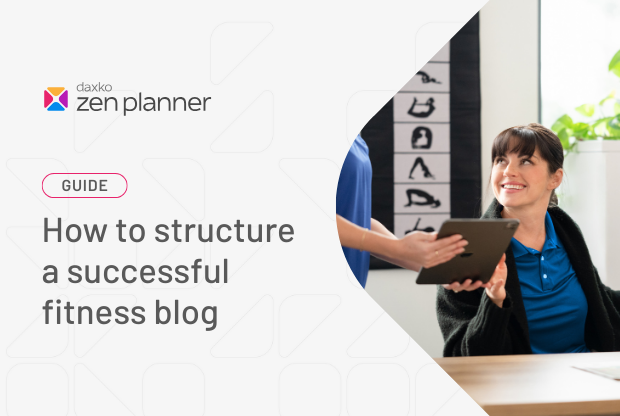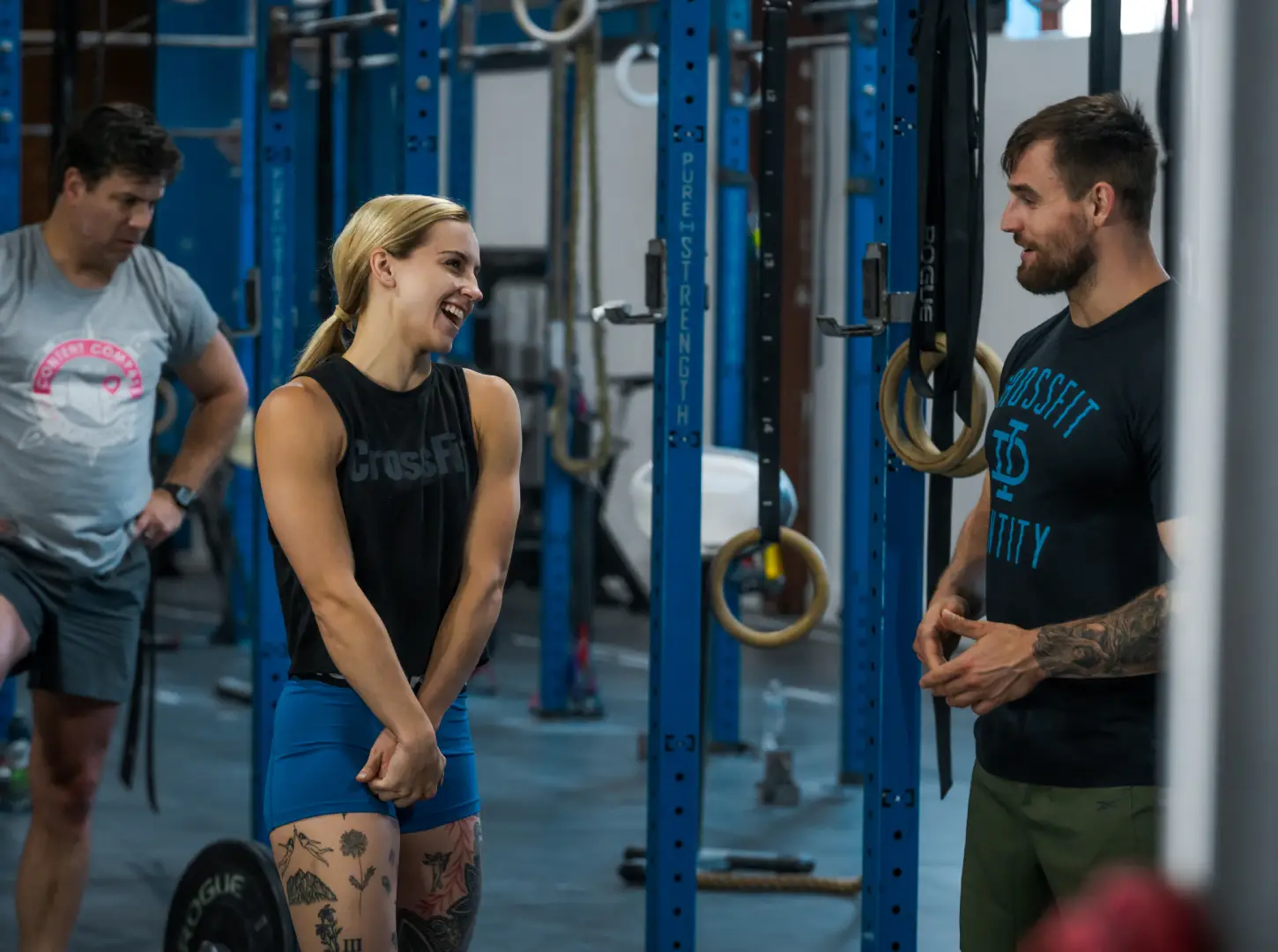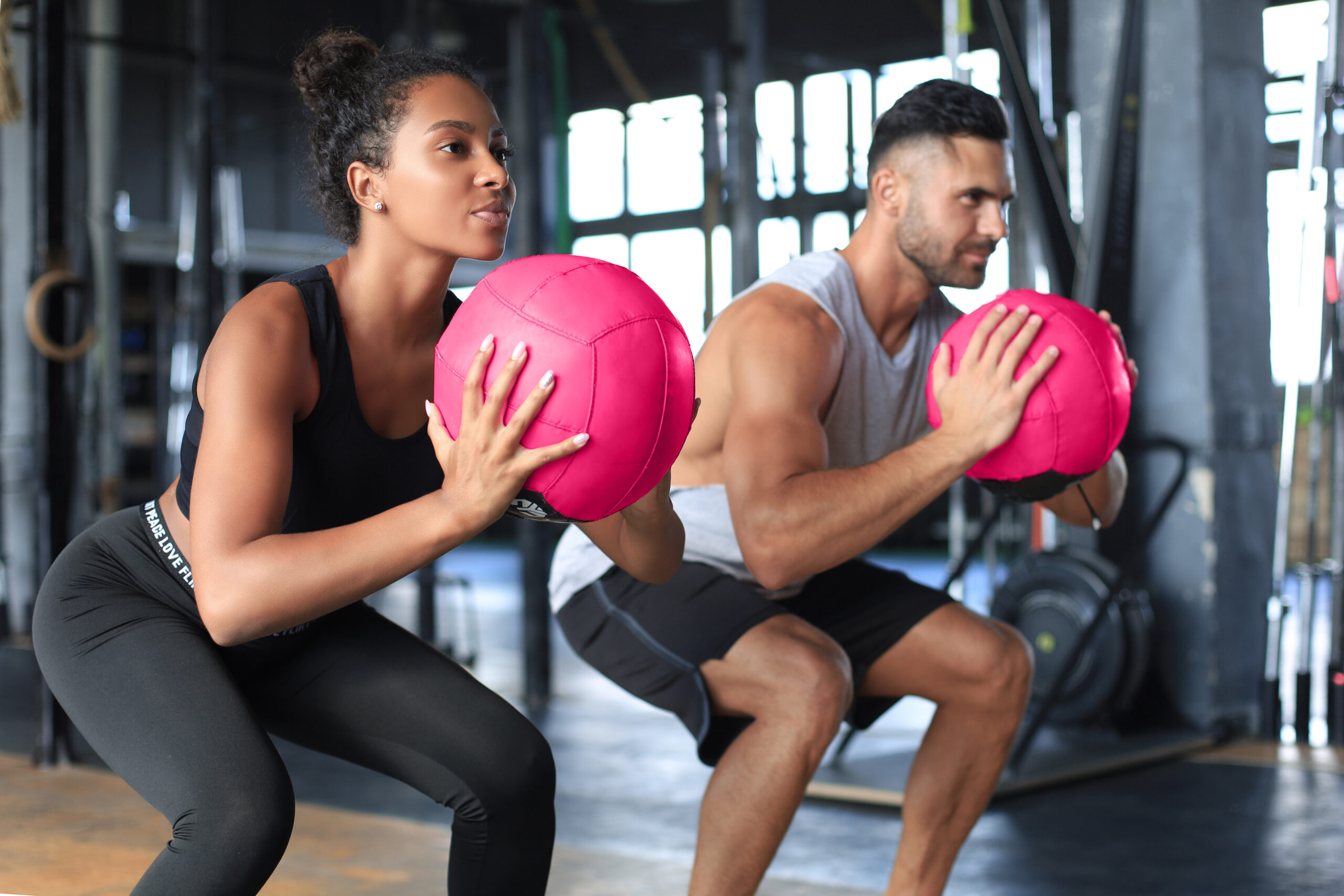How to structure a successful fitness blog

Creating a successful fitness blog requires more than just writing good content. The structure of your blog plays a crucial role in engaging readers and improving your search engine rankings so that new members can find your business. In this guide, we’ll explore the essential elements that make up a well-structured blog post and provide tips on how to optimize each component.
Crucial blog elements
Article title
Your headline (title) can be up to about 60 characters long and should include the main keyword you’re targeting in your article. Use the H1 tag to let search engines know this text is your blog title.
Introduction
Include your keyword at least once in the introduction. Keep this copy shorter so it grabs the reader’s attention. Don’t “bury the lede” — in other words, get to the point fast! Your visitors want value quickly.
Header image
Choose a nice, eye-catching image that reflects the content of your blog. It can be up to about 1200 pixels wide. If you go too much larger, it will slow the load times on your page, worsening user experience.
Bulleted lists
Search engines feature snippets in their results. A bulleted list is a great way to give readers a table of contents or try for a featured snippet. Hyperlink the list to allow readers to jump to a subheading.
Main content
The bulk of your article should be valuable content that answers a question or solves a problem blog visitors have. Longer articles often get more traffic, but feel free to experiment with ideal post length.
Subheading
Break your overarching blog topic into subtopics and sub-subtopics using H2 and H3 tags. Utilize H4, H5, and H6 tags for longer or more complex posts. Subheadings are a place to mention keywords again.
Additional images
Blog posts with more visual elements tend to perform better, so add more photos if you can. Images will also separate your copy into more manageable chunks. Add alt text to make images more accessible.
Optional: videos
A video can provide an engaging recap for visual learners. Videos tend to do well on social media too, so this might be the part of your post people choose to share. Add closed captions for accessibility.
Hyperlinks
External links are an excellent way to cite sources and direct readers to helpful info on other domains. Internal links guide blog visitors to more of your original content and help optimize those pages.
Call to action
Every post is an opportunity to educate or influence someone. Be direct about the action you’d like the reader to take, whether that’s signing up for a class, attending an event, or joining your email list.
Meta description
Many readers never see your meta descriptions, but they’re essential to the performance of your content. Search engines often use these blurbs on the results page, so write clearly and include keywords.
Share buttons
You put all this time into your blog post — you don’t want it to go unread! Putting social share buttons at the bottom of your blog or in the sidebar encourages readers to promote your content for you.
Example blog structure
H1: The Title of Your Article
H2: Subheading
Add header image here
An intro paragraph that grabs your readers’ attention!
- Maybe even
- Include a list
- To add interest
Your main content with an internal hyperlink thrown in for good measure. (Gotta improve that search engine rank.)
H3: Sub-subheading
The more organization, the better. You want your text to be easily scannable. Use H4, H5, and H6 tags as needed.
Additional image
H2: Subheading
Some topics won’t need sub-subheadings or additional images, and that’s OK. Better to do what makes logical sense than adhere to a strict blog structure.
H2: Subheading
Have a specific point in your paragraph that could be better explained or elaborated on in a video? Throw it in!
Conclusion with call to action
Looks like you’ve got the hang of this! Don’t forget to close out with a call to action. Try using a button that links to another page, like a contact info form.
Call to action:
Share this blog on social media!
By following this structure, you can create blog posts that are not only engaging and informative but also optimized for search engines. Happy blogging!







